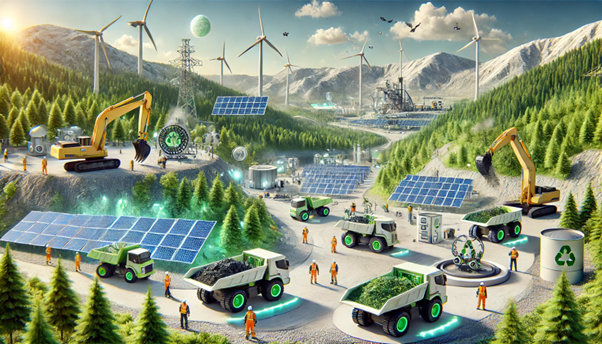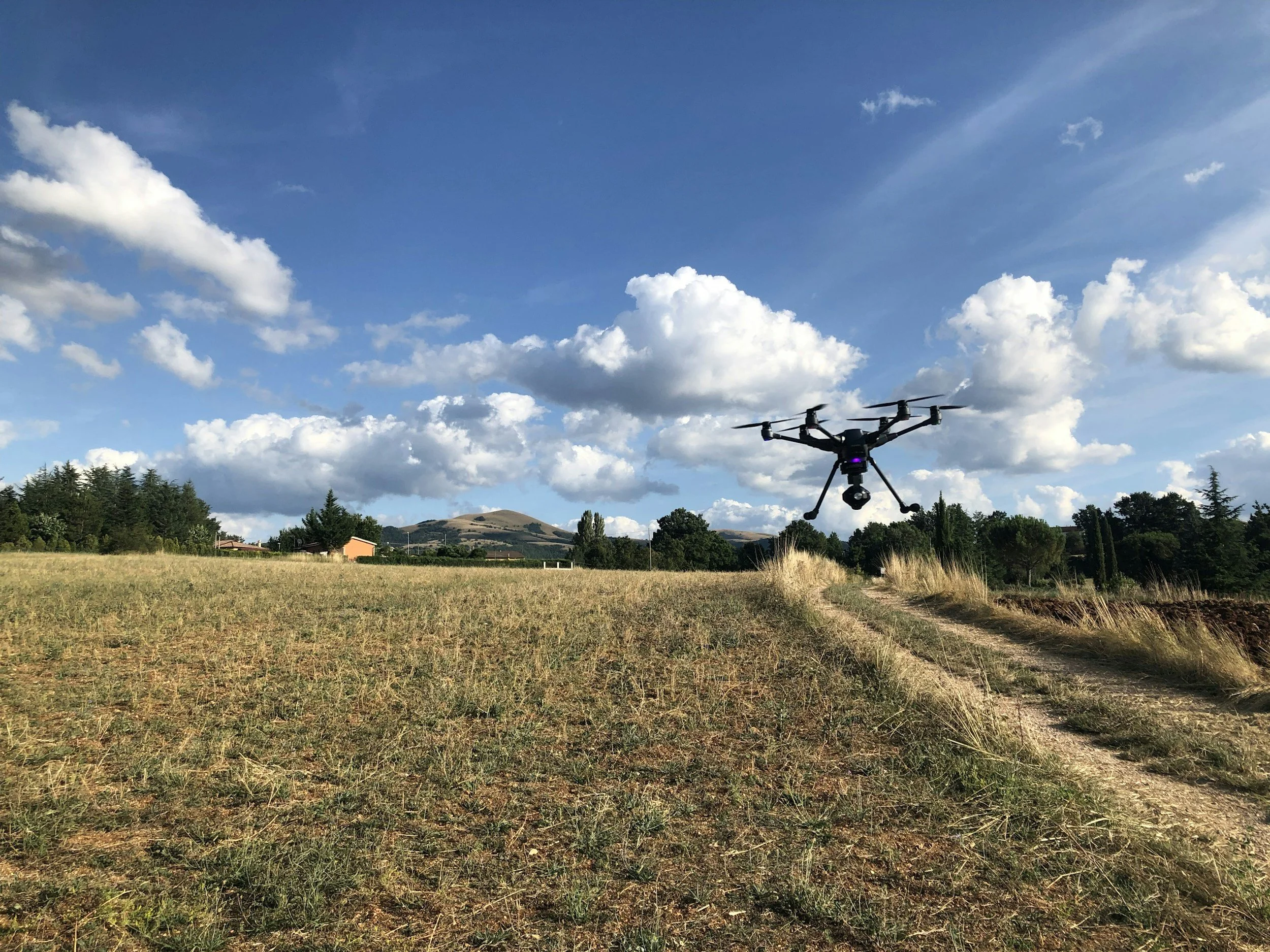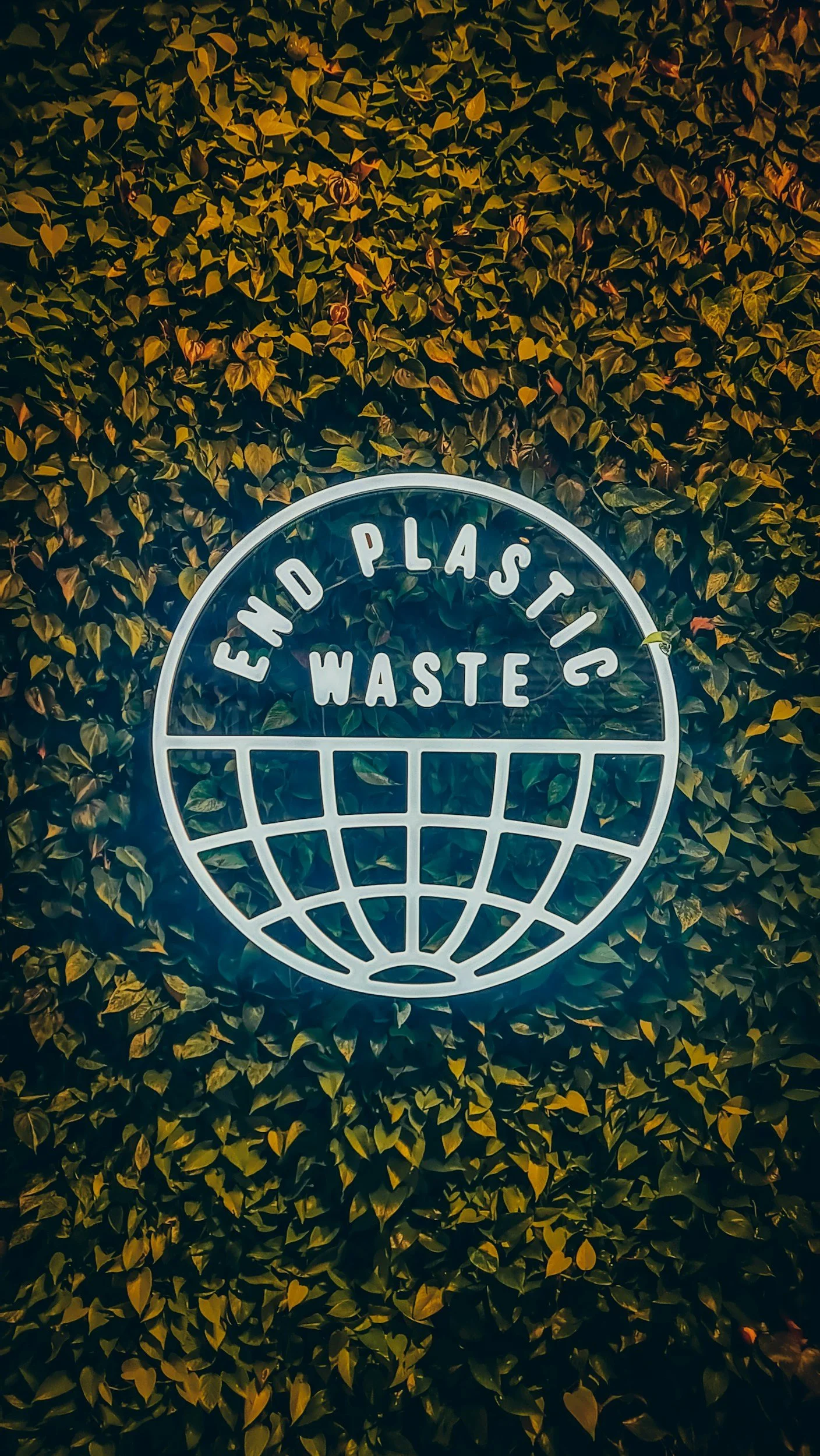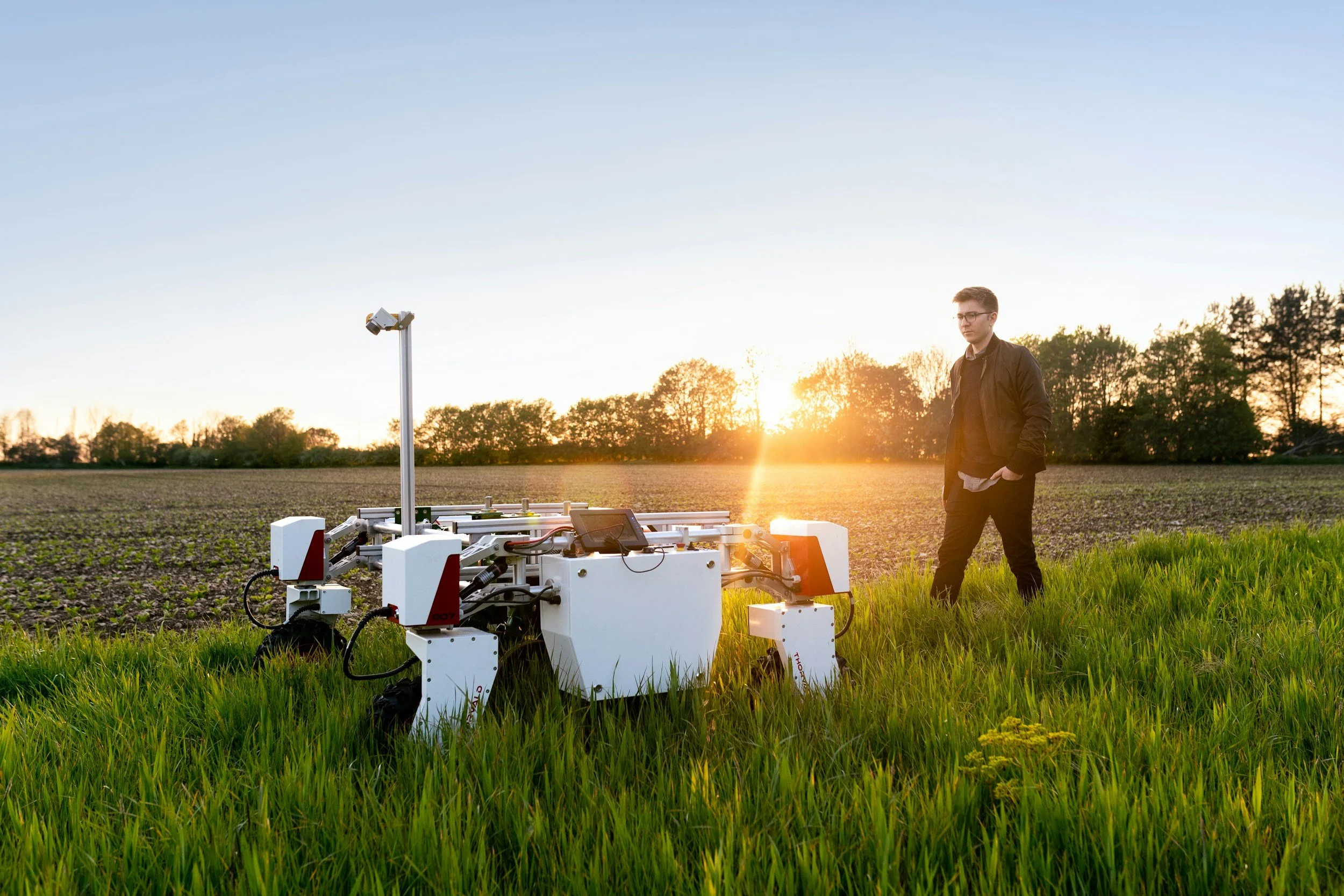How to Build a Business Strategy That Aligns with Climate Goals
/Climate change is no longer a distant idea. It affects supply chains, customer choices, business costs, and long-term growth. According to studies, just 100 companies are responsible for nearly 71% of global gas emissions. Leaders know this, but they still struggle to balance climate goals with everyday operations. Tight budgets, rising costs, and complex reporting rules make it hard to know where to start.
Yet more companies today are realizing one thing: aligning with climate goals is good for business. It protects operations from risks, helps brands stand out, and builds trust with customers who now expect transparency. A climate-aligned business strategy does not mean sacrificing profit. It means planning smarter, reducing waste, and managing risks before they grow.
In this article, we will help you understand how to build a business strategy that aligns with climate goals using clear and simple steps.
Tip 1: Assess Your Carbon Footprint Using Technology
A business cannot reduce what it cannot measure, so the first step is understanding its carbon footprint. This includes emissions from electricity, travel, supply chains, production, transportation, and even everyday waste.
Modern technology has made this process easier and far more accurate. Today, companies rely on advanced carbon footprint software that collects data, calculates emissions, and turns everything into clear insights. These tools are offered by reputable firms to help businesses identify their highest-emission areas and understand exactly where change is needed. With reliable reporting and easy dashboards, companies can track progress and prepare for upcoming climate regulations. Many governments are introducing mandatory sustainability disclosures, so starting early makes compliance smoother and far less stressful.
Tip 2: Set Clear and Achievable Sustainability Goals
Climate goals only work when they are clear, realistic, and measurable. Broad promises like “We want to be greener” may sound positive, but they don’t create real change. A strong climate goal must be specific, measurable, time-bound, achievable, and relevant to the business.
For example, a company might aim to reduce emissions by 30% in five years, switch half of its energy use to renewable sources, or cut waste by 40% through better recycling and reuse. It also helps to follow global frameworks like the Paris Agreement or the Science-Based Targets initiative, as they offer guidance for setting goals that are meaningful and trustworthy.
Clear goals give direction to the entire business and help every department understand its role in climate action. They also make it easier to allocate budgets and prioritize projects. They keep the company focused on actions that deliver measurable progress instead of scattered activities that don’t move the needle.
Tip 3: Integrate Sustainability into Daily Operations
Sustainability must become a daily habit, not a once-a-year presentation. This means it should flow through all business functions.
Here are some simple but powerful ways to integrate sustainability:
Choose suppliers committed to clean and ethical practices
Reduce waste in manufacturing and packaging
Improve energy efficiency in offices, warehouses, and stores
Invest in better equipment that uses less power
Encourage teams to adopt low-waste habits
Explore clean transportation options
When each department takes small steps, the company creates a big impact. Sustainability also improves productivity, lowers waste, and reduces long-term costs. Small operational upgrades can also reduce maintenance issues and extend the life of equipment. Over time, this creates a cycle of savings that supports both business performance and climate goals.
Tip 4: Collaborate With Sustainability Experts
Climate strategy can feel confusing. Data, policies, and technology change quickly. That is why many businesses choose to work with sustainability experts.
These experts help with:
Understanding climate regulations
Creating long-term plans
Improving carbon reporting
Identifying risks and opportunities
Tracking progress with clear systems
Working with experts saves time and prevents mistakes. It also helps the company aim for high-quality results instead of guessing through the process. Collaborations can be with consultants, environmental organizations, research groups, or climate-tech platforms. They bring knowledge that keeps your business ahead of the curve.
They also help companies avoid costly compliance errors as climate-related regulations become more stringent. Expert advice ensures initiatives are practical instead of overwhelming for internal teams.
Tip 5: Monitor and Report Progress Regularly
A climate-aligned strategy is not something you “set and forget.” It needs regular tracking and updating. This helps you see what’s working and what needs improvement.
Monitoring also builds trust. When customers, investors, and employees see real progress, confidence grows.
Reporting can include:
Monthly carbon data
Quarterly sustainability updates
Annual impact reports
Dashboard reviews
Supplier sustainability checks
Digital dashboards make this simple. They display real-time data and help businesses adjust their plans quickly. Regular reporting keeps the company accountable and builds a stronger climate culture throughout the organization. Consistent reporting also highlights trends that may not be apparent on a day-to-day basis. This allows companies to make timely adjustments before problems become costly.
Tip 6: Build a Climate-Ready Supply Chain
Climate risks affect supply chains more than most businesses realize. Floods, heatwaves, and shifting weather patterns disrupt transportation, reduce raw material availability, and increase costs.
A forward-thinking climate strategy must prepare suppliers and logistics systems for these risks.
Begin by identifying which suppliers have the highest emissions and which ones are most vulnerable to climate-related threats. Encourage them to:
Track their own sustainability performance
Shift toward cleaner processes and materials
Adopt transparent reporting practices
Companies can also diversify their sourcing regions, utilize low-carbon logistics, and establish long-term supplier partnerships that prioritize sustainability. A climate-resilient supply chain reduces delays, lowers operational risks, and helps the business stay strong even during environmental disruptions.
Building a Long-Term Strategy
Aligning your business strategy with climate goals is not complicated. It begins with clear measurement, strong goals, and simple daily actions. By using technology to measure emissions, setting achievable targets, integrating sustainability into operations, working with experts, and tracking progress, your business can grow responsibly and confidently. Climate action is no longer optional—it is a core part of modern leadership. Start today by taking small steps and building a strategy that protects both your business and the planet. With steady commitment, your efforts will create long-term value that strengthens both your organization and the communities you serve.
About the Author:
Ella Brown is a lifestyle and personal blog writer with over five years of hands-on experience. Passionate about creativity and storytelling, she brings everyday moments to life through her writing. When she’s not crafting engaging content, you’ll find her immersed in art, crafts, or pottery — always exploring new ways to express her creativity.
You may also be interested in…










































(all images by Techni Waterjet)
In recent years, sustainability has become a top priority for industries worldwide. As the global push for greener practices grows stronger, manufacturers are seeking innovative ways to reduce their environmental impact. Waterjet cutting, a precision cutting technique, has emerged as an environmentally-friendly alternative to traditional methods such as laser and plasma cutting. By harnessing the power of water, waterjet cutting not only offers exceptional accuracy but also contributes to a cleaner, more sustainable manufacturing process.